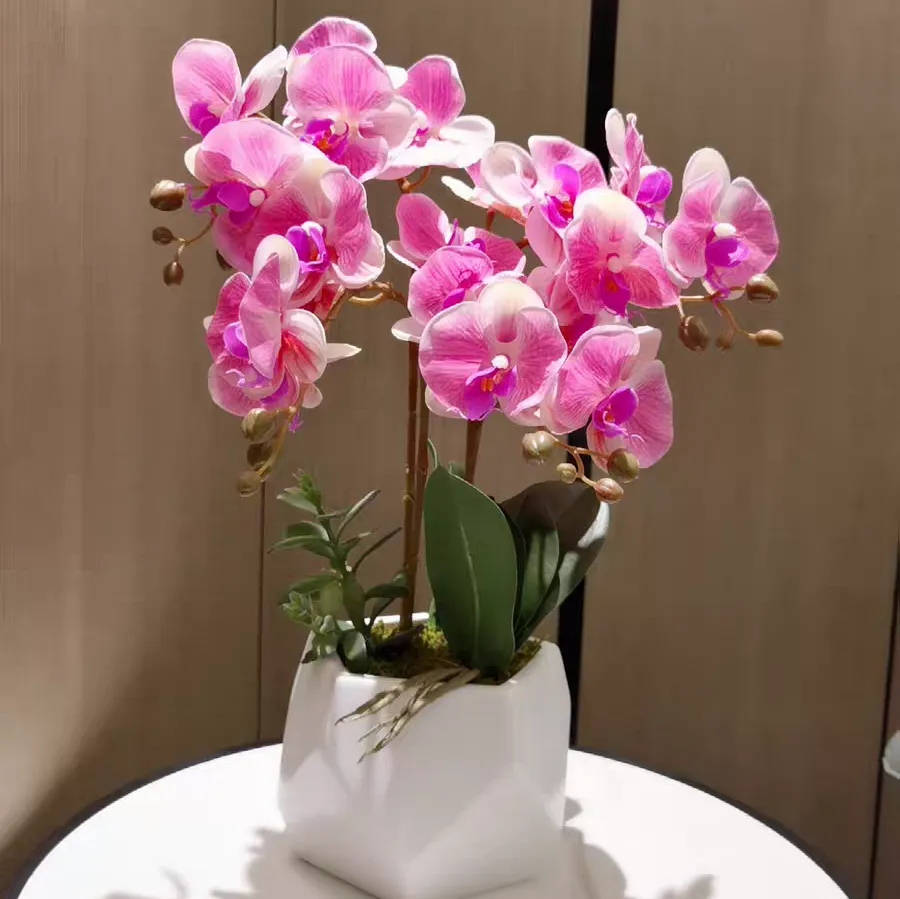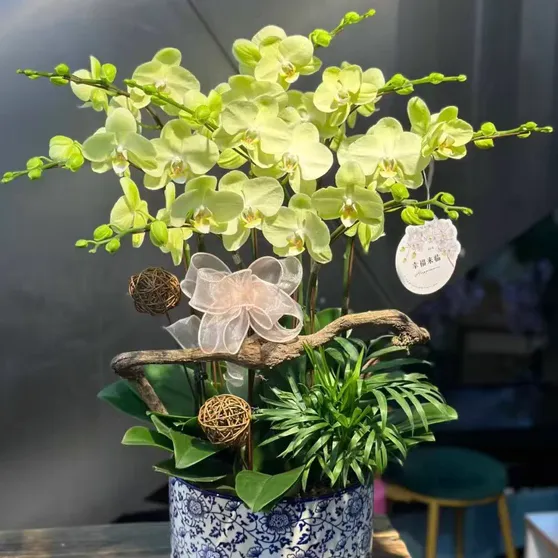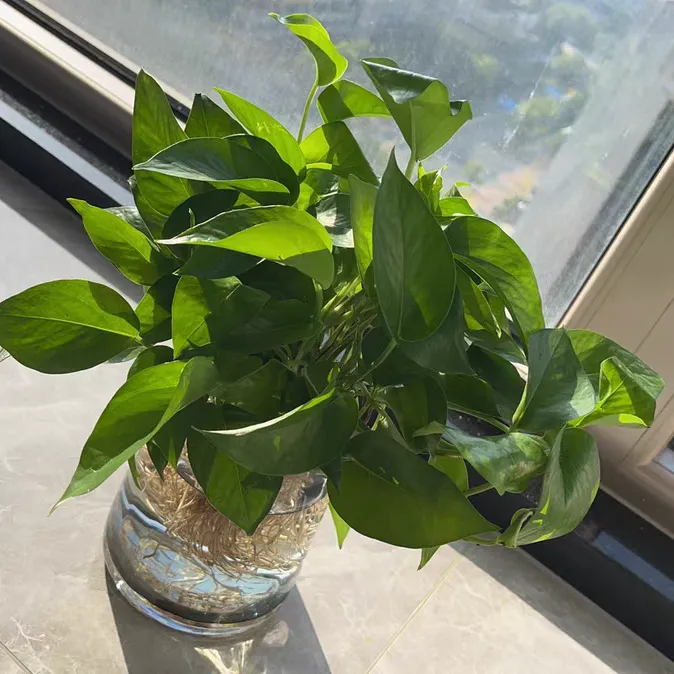How to Hybridize New Varieties of Phalaenopsis? Four Steps for Hybridizing Phalaenopsis
Phalaenopsis orchids are highly favored by flower enthusiasts due to their colorful flowers and elegant shapes. Through the hybridization and breeding technology, we can cultivate more novel and unique varieties of Phalaenopsis orchids.
The first step in hybridization and breeding is to select suitable parent plants. This step is of vital importance because the genetic characteristics of the parents will directly determine the performance of the offspring. When selecting parent plants, we need to pay attention to the following points:
Maturity and Health Status: Select mature and robust Phalaenopsis plants as parent plants to ensure that they can provide sufficient nutrients to support the development of the pods.
Fertility and Germination Rate: Give priority to varieties with good fertility and easy seed germination to improve the success rate of hybridization and breeding.
Clear Genetic Background: Understand the genetic relationship of the parent plants and avoid inbreeding to reduce the occurrence of genetic diseases.
At the same time, considering the market demand and existing resources, we can formulate practical breeding objectives, such as cultivating small and medium-sized Phalaenopsis varieties with multiple stems per plant, numerous flowers, and a strong fragrance.
The collection and preservation of pollen is the second important step in hybridization and breeding. The success rate of pollination is the highest within 3 to 6 days after the Phalaenopsis flowers bloom, and the pollen has the strongest germinating power on the first day of blooming. Therefore, we should collect the pollen at this time.
Pollen Collection: Gently remove the anther cap with tweezers, take down the pollinia and place them on a dry and clean piece of paper, and mark the variety name or code.
Pollen Preservation: If the female parent plant has not bloomed yet, the collected pollen can be wrapped in paper and stored in the refrigerator's refrigerating compartment. Keep the temperature at 2-8°C, and it can be stored for 2-3 months. If long-term storage is required, the pollen can be placed in an ultra-low temperature environment of -80°C, and the storage period can reach 1-2 years.
Hybrid Pollination is the core link in the hybridization and breeding of Phalaenopsis orchids. To ensure the success of pollination, we should carry out the pollination operation in the morning on a sunny day.
Prepare Pollination Tools: Prepare pollination tools such as tweezers and label paper, and keep them clean and sterile.
Pollination Operation: Gently pick up the pollinia of the male parent with tweezers, and then place them in the stigmatic cavity of the female parent plant. Since both the stigmatic cavity and the pollinia have mucus, the pollen will adhere firmly to the stigmatic cavity and is not easy to fall off.
Record Hybridization Information: After the pollination is completed, the variety names of the male and female parents, the hybridization date and other information should be recorded on the label paper, and it should be hung on the pollinated flower for subsequent management.
After the hybrid pollination is completed, we also need to carefully manage the female parent plant and screen the hybrid offspring.
Management after Hybridization: After successful pollination, the opening of the stigma will close within one or two days, the flower will gradually wither, and the stigma will slowly enlarge. After a week, the ovary will begin to swell. In order to ensure the maturity of the pods, it is advisable to keep 2-3 pods on each plant, and the excess ones should be removed as early as possible.
Harvest and Sowing of Pods: 4-5 months after pollination, when the pods turn from green to yellow or yellowish-brown, it indicates that the pods are ripe. At this time, the pods should be harvested in a timely manner, and the sowing operation should be carried out under sterile conditions. Before sowing, the seeds should be disinfected to ensure sterile sowing.
Screening of Hybrid Offspring: After sowing, we should pay close attention to the growth of the hybrid offspring. During the seedling stage, screen the traits such as disease resistance, stress resistance, plant type, and growth potential; during the flowering stage, focus on selecting traits such as flower color, flower shape, flower arrangement, fragrance, and the length of the flowering period. Through the principle of "selecting the best from the best", select excellent hybrid offspring.
Through the above four steps, we can successfully cultivate new varieties of Phalaenopsis orchids. However, it should be noted that the hybridization and breeding of Phalaenopsis orchids is a complex and time-consuming process that requires patience and carefulness. At the same time, the breeding of new varieties also requires continuous attempts and adjustments to finally cultivate Phalaenopsis varieties that meet the market demand and are loved by consumers.
How to Hybridize New Varieties of Phalaenopsis?

Share with
Tagged in :




Leave a Reply